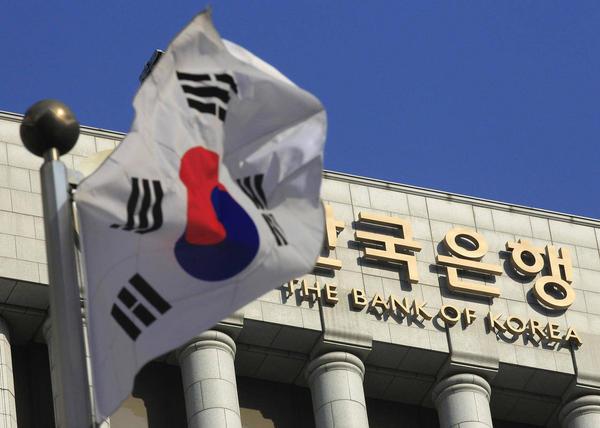SEOUL, Jan. 25 (Xinhua) -- Concerns about South Korea's prolonged low growth were confirmed last year as gross domestic product (GDP) expansion hovered below 3 percent for two years.
Real GDP gained 2.7 percent in 2016 from a year earlier, after rising 2.6 percent in 2015, Bank of Korea (BOK) data showed on Wednesday. After touching 3.3 percent in 2014, the GDP growth stayed below 3 percent.
The housing boom, caused by record-low rates and eased regulations, helped shore up the lackluster economy in the first half of 2016 together with the government's efforts to frontload the 2016 budget to the first two quarters.
The BOK cut its benchmark interest rate from 3.25 percent in July 2014 to an all-time low of 1.25 percent in June last year. The government relaxed regulations on mortgage financing, encouraging households to buy new homes with borrowed money.
Investment in the construction sector surged 11 percent, almost tripling the 3.9 percent expansion in 2015.
In the second half of 2016, the economy was thrown into disarray as Samsung Electronics discontinued its flagship Galaxy Note 7 smartphone in October following its initial global recall in September of about 2.5 million devices prone to catch fire.
Political unrest began to roil the economy as President Park Geun-hye was impeached in early December for the scandal involving her longtime confidante Choi Soon-sil, who is now in custody for meddling in state affairs from the shadows.
Consumers refrained from spending money for concerns about uncertainty amid the absence of economic control tower. Candlelit vigils have been held every Saturday night since the scandal emerged in October.
External uncertainty surfaced as U.S. President Donald Trump took office last week. Trump is known to be against free trade, and it can damage trade of the export-driven South Korean economy.
South Korea's private expenditure increased 2.4 percent last year, with fiscal expenditure jumping 3.9 percent.
Exports, which account for some half of the economy, gained 1.4 percent in 2016, but it was a relatively low gain compared with 5.1 percent in 2012 and 4.3 percent in 2013.
Facility investment slumped 2.4 percent as companies hesitated to spend capital on employment and new growth engines amid lingering uncertainties at home and abroad. South Korea's economic growth slowed down as the year-end nears. The real GDP rose 0.4 percent in the fourth quarter from three months earlier, after growing 0.6 percent in the third quarter, the BOK data showed.
It marked the lowest increase since the second quarter of 2015 as private consumption slowed down on domestic political unrest. Outlook for future growth remains uncertain on external uncertainty, caused by the launch of the Trump administration in the United States. The GDP growth stayed below 1 percent for five straight quarters, after posting 1.2 percent in the third quarter of 2015. From a year earlier, the real GDP gained 2.3 percent in the December quarter, down from a 2.6 percent rise in the previous quarter.
Private consumption edged up 0.2 percent in the fourth quarter after growing 0.5 percent in the third quarter.
The exports, the economy's main growth engine, fell 0.1 percent on a quarterly basis, while imports inched up 0.2 percent on higher crude oil prices.
Fiscal expenditure climbed 0.5 percent in the fourth quarter after advancing 1.4 percent in the previous quarter as the government frontloaded its 2016 budget to the first half.
Investment in the construction sector retreated 1.7 percent in the fourth quarter from three months earlier. It was the first downturn in a year.
The construction investment jumped 3.5 percent in the third quarter as households rushed to buy new home with borrowed money.
Lending rates turned upward here, increasing a debt-servicing burden for households as the U.S. Federal Reserve indicated three rate hikes this year after raising its policy rate by a quarter percentage point in December.
Facility investment soared 6.3 percent in the quarter, jumping from a 0.2 percent growth in the prior quarter due to strong demand for capital spending in the transport equipment and machinery sectors.




 A single purchase
A single purchase








